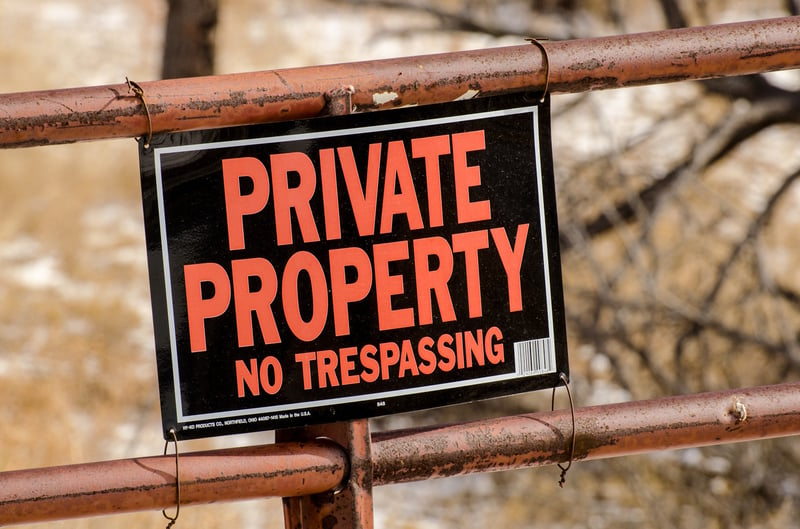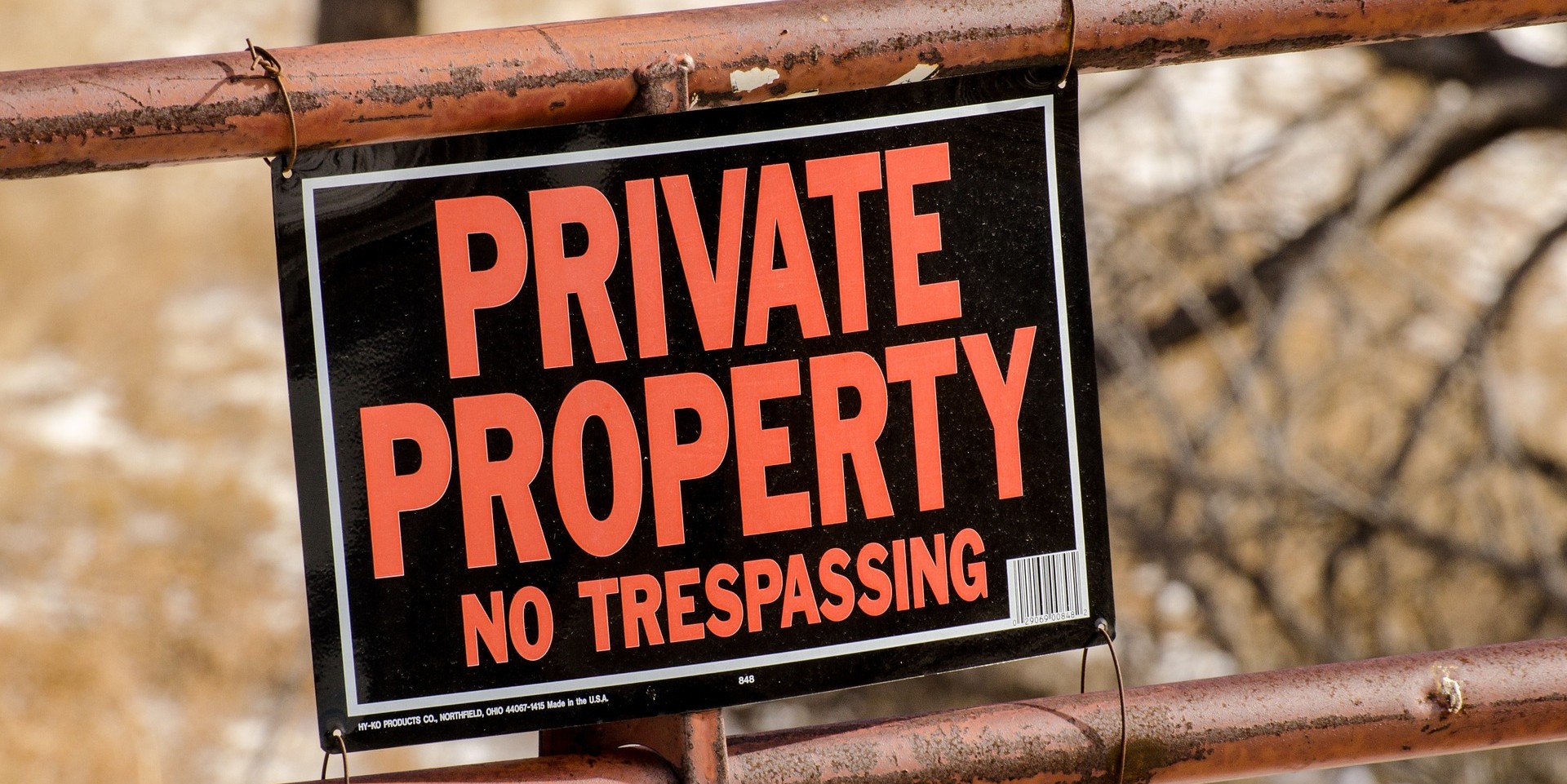
Quarries are dangerous places, but are also tempting to visitors. Employees who work at the quarry are aware of the location’s hazards, such as falls, slips and trips. Members of the public, however, are often ignorant about quarries’ dangers and see only an inviting spot to swim, climb and generally enjoy the outdoors.
Trespassers are a substantial risk for any businesses working at a quarry. Counteracting this risk requires large-scale risk management and extra controls to ensure your business is not held liable for trespassers’ actions. Do not let a few casual intruders cost your company millions—invest in extensive barriers to help prevent trespass.
Begin determining whether your business needs to erect a barrier by conducting a risk assessment. Save the findings of the assessment with your business’ other health and safety documentation, since any decision not to provide barriers for any part of the quarry must be reviewed periodically.
Encourage your employees to report cases of trespass or evidence that children have been playing on or near the site. Tangible evidence of trespassing makes you legally responsible for providing barriers in the face of such proof.
Assessing Your Risks
Quarries are home to numerous hazards, many of them hidden just below the surface. The following hazards are some of the most common:
- Hypothermia and drowning from cold water – Because water in quarries does not flow or circulate, the water just below the surface is rarely heated by the sun and is often close to freezing. Exposure to such cold water can cause hypothermia, or loss of core body heat. Cold water can also incapacitate unsuspecting swimmers by causing loss of muscle control, which quickly leads to drowning.
- Stomach problems, infections and skin and eye irritations from alkaline water – Depending on the type of rocks being quarried, the water that collects in quarries can be very alkaline. The water at some quarries can have such high alkalinity that it is comparable to ammonia or bleach.
- Infections and stomach problems from rancid water – Quarry water is stagnant. When an animal dies in stagnant water, it can quickly turn that water rancid, which can lead to infections or stomach problems for swimmers. These dead animals are often hidden, floating just below the surface or out of sight
- Serious injuries from submerged machinery – When operations at a quarry cease for the day or for a longer period, machinery is often left on-site. Some of this machinery may be submerged just below the surface of the water, possibly causing serious injury to swimmers and divers.
- Serious injuries from deceptive depths – Quarries do not always have flat bottoms. They are often excavated in stages, leaving different steps—some very close to the surface—posing considerable danger to anyone jumping or diving into the water.
- Falls from height – Without adequate barriers, trespassers could accidentally fall into the quarry and sustain fatal injuries.
- Slips and trips due to shifting ground – The ground at quarries is not always completely stable. Trespassers could slip or trip on rocks or other debris and gravely injure themselves.
All of these hazards can be minimized by erecting and properly maintaining a barrier around the quarry.
Erecting the Barrier
When deciding whether you need to erect a barrier, you will need to consider many factors, including the likelihood of trespassers. Ask yourself these questions during the risk assessment process to better determine whether you need barriers:
- Is the quarry close to housing, shops or other places which the public visits?
- Is the quarry close to schools, or do children live nearby?
- Do footpaths or roads serving local amenities such as housing, shops and schools go past the quarry?
- Is there a public access route running through, or near to, any part of the quarry?
- Is there evidence or a history of trespass, vandalism or children playing nearby?
- Is the quarry in a rural or urban location?
- Is more than one person likely to access the quarry?
If you answered yes to any of these questions, it would be prudent to install barriers. Depending on your level of risk, a barrier could be a tall chain-link fence, a stock-proof fence or even just a hedge. The barrier you choose should reflect the quarry’s trespass risk.
Limiting Your Risk
Consider implementing the following measures in addition to erecting barriers to limit your risk:
- Clearly display appropriate signage near all hazardous areas.
- Provide readily available rescue equipment, such as life rings, close to all water hazards.
- Record and report all incidents of trespass.
- Establish emergency plans and conduct regular practice drills.
Putting up a barrier around your worksite will not be enough to completely deter trespass or limit your risk—you need a concerted, year-round plan to keep your site safe and free of trespassers. Rely on the Axis Insurance Group for all your health and safety advice. We can help keep your quarry safe and your liability low.
Get your free copy of our Mining Employee Safety Manual for safety policies and procedures that support a safety-conscious work environment.




